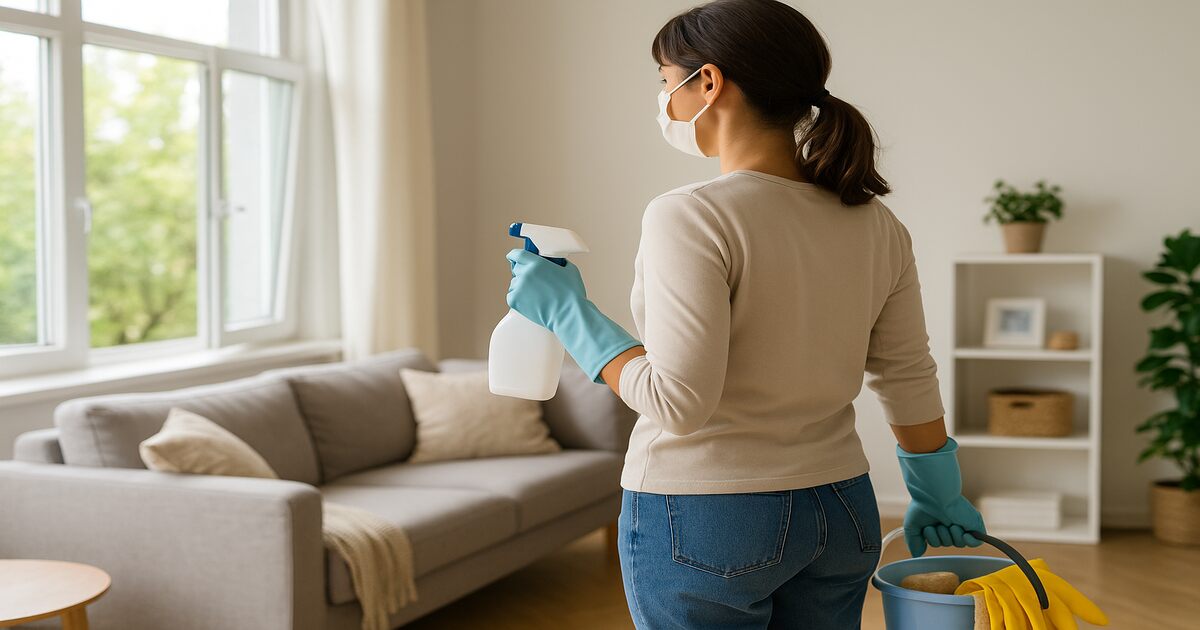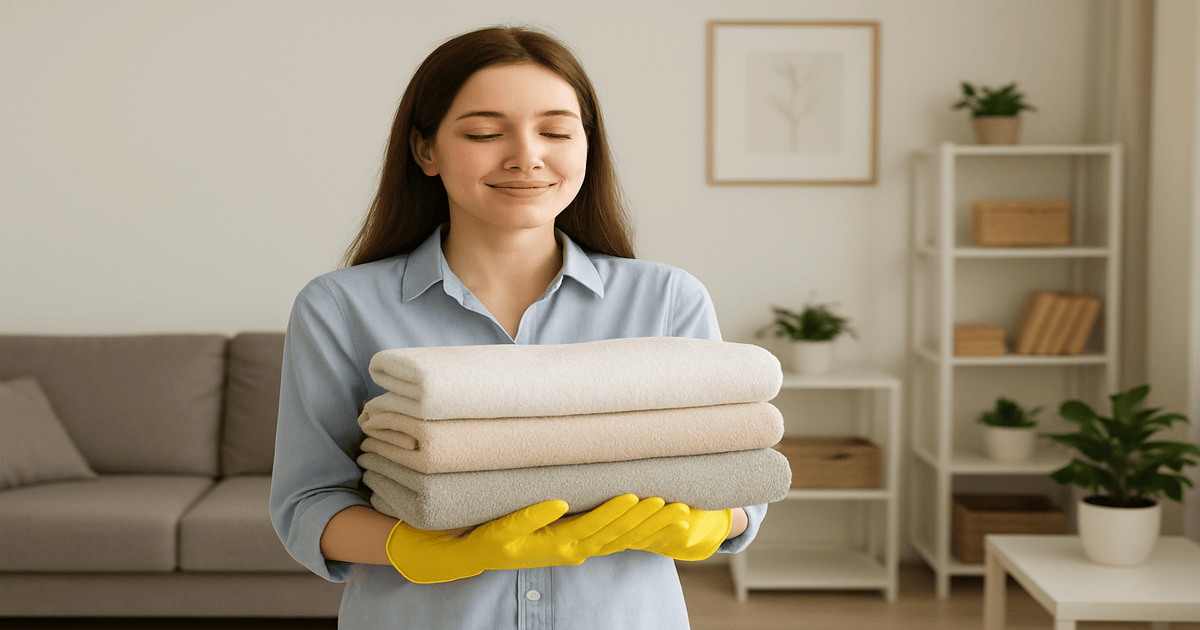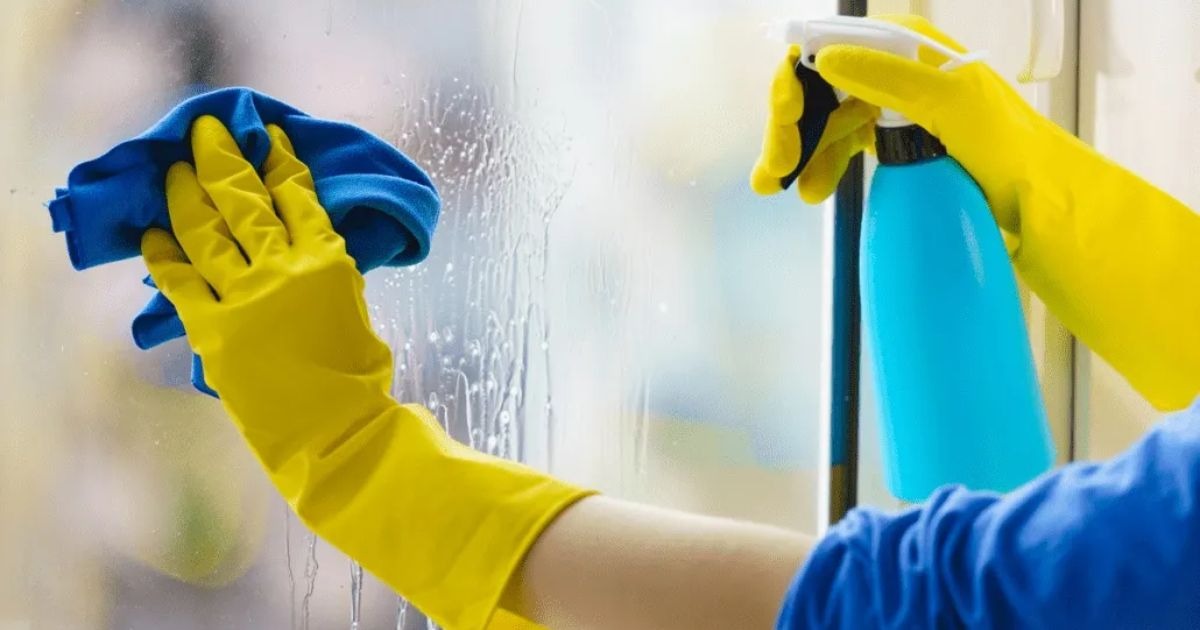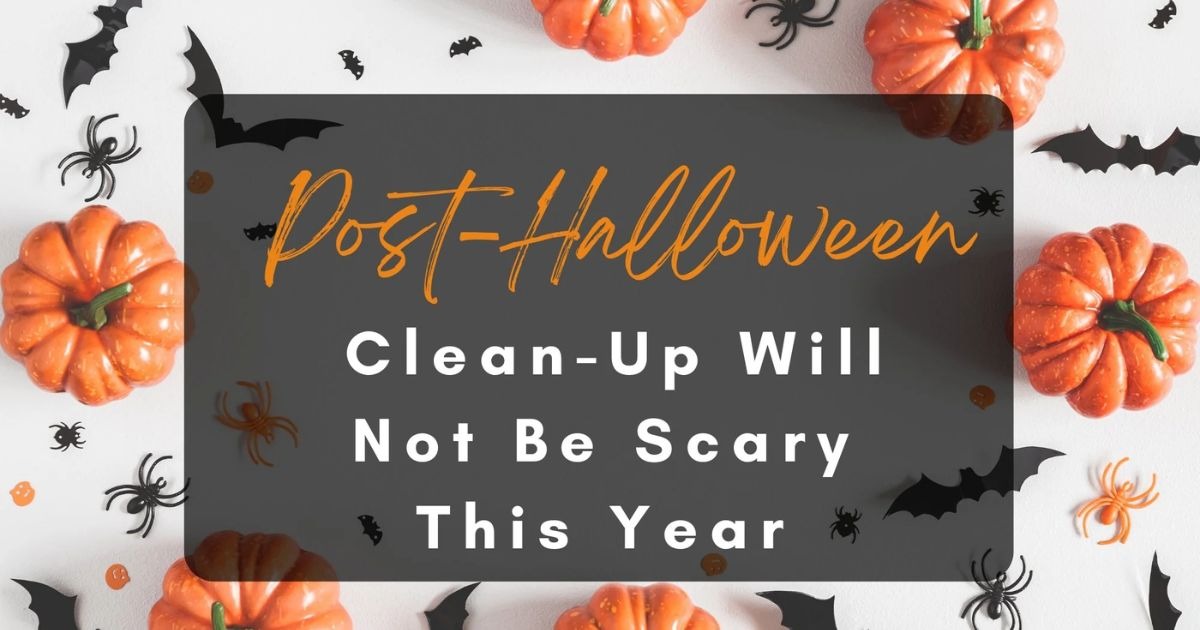
Cleaning Checklist for Post-Illness Home Hygiene
Have thought about how clean your house really is when a person recovers from a disease?
When a loved one does eventually overcome the flu, cold, or any other infectious bug, it’s a relief, but work is far from done. Viruses and germs are still on furniture and other surfaces long after the symptoms have passed. So how do you keep your own home from silently harboring germs to make someone ill again?
Here comes the post-illness cleanup, a necessary process often overlooked during recovery. It’s like hitting the reset button on the hygiene of a residence. From disinfecting high-touch spots to washing beds and towels, here is the Cleaning Checklist to walk through each phase to bring back the area to a healthy and safe condition. Ready to roll up your sleeves and give the house a good proper clean it has been in need of? Let’s get into the ultimate post-illness cleaning guide to eliminate all of those germs!
1. Admit Fresh Air In
To start any cleaning process, ventilate the whole residence. Just open all the windows and doors to introduce fresh air for a minimum of 15–30 minutes, according to the suggestions of bond cleaning in brisbane. This flushes out airborne germs and bacteria and purifies the air indoors. Where weather on the exterior does not permit it, a HEPA air purifier may instead be used to eliminate airborne viruses and bacteria. Sufficient airflow opens the way to cleaner cleaning.
2. Washing All Linens and Bedding
The bed becomes a haven in times of illness and is the first thing to clean. Wash all bed sheets, pillowcases, blankets, and even mattress covers in hot water (a minimum of 60°C) to eradicate any remaining viruses or bacteria. Don’t forget the recovery toweling, bathrobes, and face cloths—these also are to be washed separately with a heavy-duty detergent and dried on a high heat setting. Following Australian government cleaning and hygiene advice ensures proper elimination of infectious agents. Add this to your Cleaning Checklist to maintain a germ-free bed space.
3. Disinfect High-Touch Areas
As a general rule, disinfecting high-touch objects is the first step to cleaning up for illness. For a respectable period of time, the virus contamination can stay on high-touch objects like light switches, cell phones, television remote controls, and doorknobs. Choose a disinfectant that has at least 70% alcohol, or a hospital-use product. Allow the disinfectant to remain in the surface for the period that the manufacturer’s instructions require, then wipe it off. This should never be skipped in your Cleaning Checklist.
4. Deep Clean the Bathroom
Bathrooms are a germ haven when and after illness. Sanitize all surfaces such as the lid, seat, and flush handle of the toilet as well as the basin and taps of the sink. Don’t overlook bathroom countertops and cabinet handles as well as the toothbrush holder. Change out the toothbrush used during illness to avoid recontamination. Top it all off by washing or changing out used hand towels and bath mats with fresh ones.
5. Sanitize the Kitchen
Enforce cleaning of all kitchen faces if the ailing person cooked food or made a snack in the kitchen. Remember to clean the countertops very well, switch on all appliance meters, clean the pulls on the drawers, wipe the cupboard doors. The kitchen faucet and sink also require particular attention. Sanitize hand-washed dishes with hot water if dishes were washed by hand. Running a hot water dishwasher is also a good way to kill bacteria and viruses left behind.
6. Clean Electronics Safely
Electronics are germ magnets when used regularly in the process of recovery. Clean phones, tablets, keyboards, TV remote controls, and console controllers with alcohol wipes or by giving a microfiber cloth a light spray of disinfection. Spraying directly onto the devices is a definite don’t. Going gentle but firm here will avoid ruining your devices while still killing dangerous bacteria and viruses.
7. Replace or Clean Personal Effects
Upon recovery from illness, it is essential to account for hygiene products. Swap out razors, toothbrushes, and sponges as a matter of course. Give makeup and hairbrushes a good wash using warm water and soap or a disinfectant. These simple precautions are a far cry from having to endure the same illness all over again or passing it to others.
8. Vacuum and Mop Floors
Floors are also vulnerable to sneezing and coughing and even walking germs. Start by vacuuming all rugs and carpets, especially the ill person’s bedroom and common areas. Then, clean hard floorings with a disinfecting solution. High-traffic zones such as hallways, living rooms, and doorways need additional attention. Complete by emptying the vacuum cleaner container or replacing the bag and disinfecting mop heads or cleaning rags.
9. Sanitize Soft Surfaces
Sofas, cushions, curtains, and rugs are forgotten but may retain germs even months following recovery. Wherever practical, utilize a fabric-safe disinfection spray or a steam cleaner on things that are unable to go into a washing machine. Wash throw blankets and covers on cushions if used. These soft furnishings are prone to becoming breeding grounds if left uncleaned.
10. Dispose of Waste Properly
Used tissues, disposable masks and other soiled waste are to be treated with caution. Seal them in a polythene bag prior to disposal in a bin. Wash hands properly after dealing with waste. Dispose of gloves if used in the cleaning procedure or wash and sanitise reusable gloves properly.
11. Clean Your Cleaning Tools
Finally, don’t forget to sanitize cleaning gear. Mops, brushes, and even gloves may retain bacteria if they are used and not sanitized. Submerge them in a sanitizing solution or wash in hot water. Keep them in a clean, dry area to use next time. And don’t forget to wash your hands when you are finished cleaning. Always make sure this step is checked in your Cleaning Checklist.
Conclusion
The recuperative bliss of recovery from illness is vast, but keeping the house germ-free is as important as recovery itself. Cleaning up after illness keeps germs from spreading, makes the home safe, and restores the fresh and healthy ambiance to the home. By using the following in-depth guide, each area of the house can be sanitized and give your loved ones a peace of mind. Don’t forget: a clean house is as much about looks as it is about cleanliness, concern, and wellness. So sit back and disinfect, freshen up, and inhale deeply in your renewed germ-free haven.
Also learn about The Ultimate Carpet Care Guide: Easy Tips & Tricks



